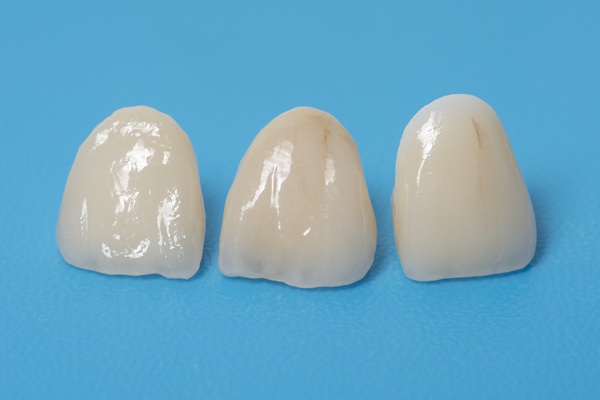Getting a Root Canal without a Crown

Before you decide to get a root canal without a crown, you should know the benefits and risks of your decision. Many dentists recommend using a crown to strengthen a tooth after a root canal. Other dentists are content to seal the tooth with a filling.
When is it a good idea to leave the tooth without a crown? Read on and find out.
When is a root canal needed?
The inner part of a tooth is called the pulp. It is composed of connective tissue, nerves and blood vessels. When the pulp becomes infected, the dentist will opt to remove the infected pulp and save the outer tooth.
A root canal will be chosen over a tooth extraction to avoid the process of replacing a missing tooth with an implant.
How does the dentist diagnose pulpitis?
Removing the infected pulp effectively kills the tooth, leaving only the shell. For this reason, a root canal is only done when there are no other alternatives, and the dentist will have to make sure that a patient has pulpitis before performing the procedure.
The dentist will look for the following signs:
- Pain that gets worse when a person lies down, bends over or jumps around is a symptom of an abscess. An abscess is a symptom of an infected tooth
- Constant or lingering pain is another sign of a tooth infection
- Intense pain that suddenly flares up is a sign of a dying or dead tooth. So is pain that starts in the tooth and jumps to the jaw, ear or adjacent teeth
- A white, red or yellow bump on the gum is another sign of infection
- An abscess is a sure sign of pulpitis. It is only visible in an x-ray image
Once the dentist confirms that the inner tooth is infected, they will schedule the root canal procedure as soon as possible. Any delay would leave the infection to spread to the rest of the body.
What happens during a root canal without a crown?
After numbing the tooth, the dentist makes a hole in the outer tooth. Through this hole, the dentist will reach the pulp and remove all the infected tissue. The dentist will then clear all debris out of the space left in the tooth. They will then seal the tooth with a filling.
If both the dentist and patient agree that the tooth will be fine without a crown, then a filling will be the only restoration done to the dead tooth.
What happens after?
A root canal often weakens the outer tooth. Because a big part of the tooth’s structure is removed during a root canal, the outer tooth is likely to crumble if it is not reinforced with a crown. So, why and when would a dentist perform a root canal without a crown?
Unlike the molars, teeth at the front of the mouth do not have to withstand the stress of chewing and grinding. That is why they only need a filling after a root canal.
Molars that are relatively intact after a root canal may not need a crown. If most of the tooth structure is healthy, a filling will be an adequate tooth restoration.
Avoid another dental procedure with good oral care
The very thought of a root canal will scare even the bravest among us. If you are one of those people, make sure that you only sit in the dentist’s chair for routine checkups and professional cleaning.
With the right oral habits, you may never have to see a dentist approach you with a sharp tool.
Need a root canal?
Request an appointment in our Milwaukee dentist office here: https://www.esdmke.com.
Related Posts
Patients may visit a dentist for a root canal for various reasons. Sometimes, a dentist may detect a problem with a tooth, but the procedure can wait for a few weeks or even longer. However, in more serious cases, it may be necessary for the root canal professional to act immediately. If you have a…
Looking for information on the topic of endodontics? According to the American Dental Association, endodontics is a branch of dentistry concerning dental pulp and the tissues surrounding the roots of a tooth. This means if you are currently experiencing any dental problems that are causing the tissue inside or around one of your teeth to…
Patients who are scheduled for a root canal may wonder whether such a procedure is necessary. A root canal can save your natural tooth and prevent you from needing a replacement, such as a dental implant or denture. So, while you might not choose to get a root canal for fun, it is a useful…
It is hard to compare dental restorations to a healthy, functional tooth. With regular brushing, flossing, and dental checkups, you should be able to maintain your teeth for a lifetime.However, infections sometimes set in, anyway. You should always opt for treatments to save your tooth. You may consider teeth extraction as an easy way out,…


